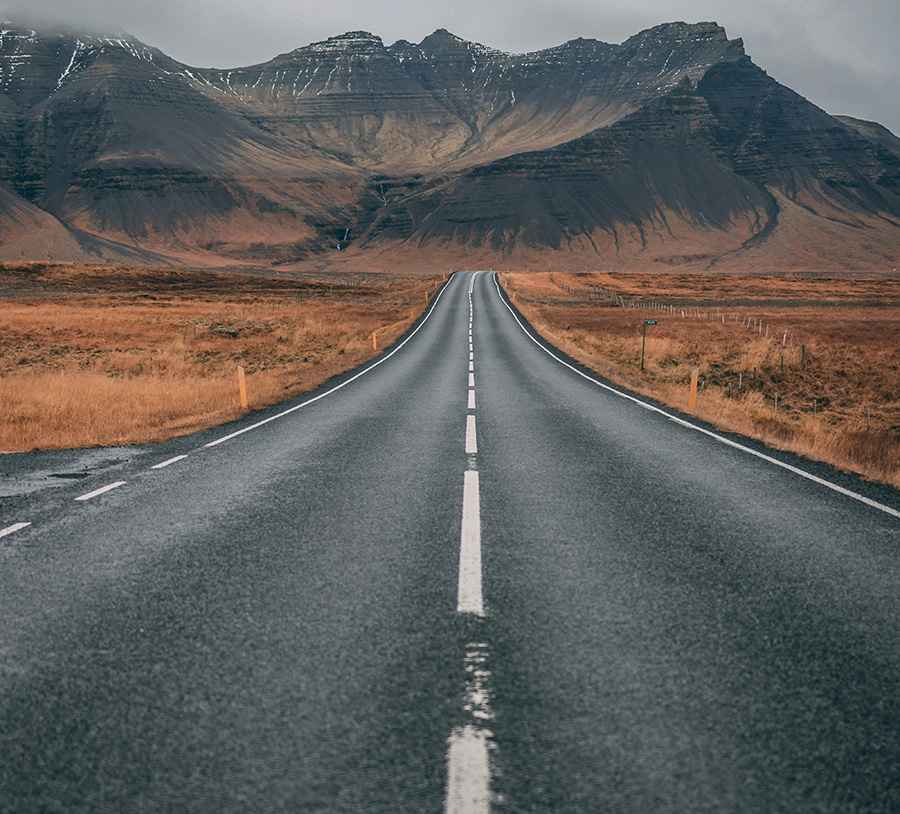California’s Most Dangerous Highways : The Killer Roads in the Golden State
From perilous mountain passes to high-clearance interstate highways with deadly reputations, California's highway routes are beautiful and hazardous. Here is a map of the most dangerous pieces of highway where hands are steady and eyes are peeled.

California's roads total more than 396,000 miles, not all of which are postcard-perfect drives. Some of California's most treacherous highways wind through mountainous areas, congested city streets or desert stretches, each with its own unique set of risks. While the state's varied landscape is a contributing factor, dangerous driving, distraction on the roads and poor maintenance make some segments yearly fatality hotspots.
Statistics from the National Highway Traffic Safety Administration (NHTSA) and California Highway Patrol paint a grim picture. In 2023 alone, over 4,400 traffic fatalities occurred statewide, with a notable share concentrated on specific high-risk routes. And for those who’ve survived collisions on these roads, navigating legal help is no less confusing than the roads themselves. That’s where Mighty's recommendations for car accident lawyer Downey often come in for local victims needing trusted, streamlined assistance after a crash.
Speeding Through Mayhem
Spanning some 796 miles from Mexico to Oregon, Interstate 5 is a vital artery—but a blood-soaked one. With a high volume of freight traffic, combined with fatigue on many of its isolated stretches and aggressive city driving south of Los Angeles and Sacramento, it's a regular visitor to the crash reports. Hazardous conditions prevail in stretches through the Central Valley, where fog banks envelop zones with nearly zero visibility.
Locals commonly refer to this weather phenomenon simply as “Tule fog.” Still, it is also associated with massive multi-car pileups, including a November 2016 incident just outside Fresno involving over 100 vehicles. As one of the most dangerous highways in California, I-5 still commands respect—and extra caution—from all who travel on it.
The Highway of Death
Nicknamed the “Highway of Death,” State Route 138 links the San Fernando Valley to the Mojave Desert and has long functioned with a terrible reputation. It's not a myth: official records confirm that this winding two-lane highway has experienced hundreds of crashes, many of which have been fatal. Why SR-138 is one of California's deadliest highways is that its tight turns, non-existent median divider, steep embankments and impatient drivers who consistently make dangerous passes are a dangerous combination. Improved multiple times; not all stretches have been upgraded.
The section currently from Palmdale to I-15 remains particularly hazardous, especially in high winds and low-light conditions. They are all too familiar with the trauma this highway holds—and to many, the memory of a lost loved one on a daily workday commute is all that perpetuates the legend of this “death highway.”
A Fatal Corridor
Despite often being neglected in favor of I-5, Hwy. 99 is perhaps more hazardous on a per-mile fatality basis. Running parallel to I-5 through the San Joaquin Valley, Hwy. 99 was described many years ago by a Reader’s Digest survey on highway perils as one of America’s most dangerous highways. Cracked asphalt, signs of aging and non-uniform lane widths make the State Route 99 highway a ticking time bomb.
Add to that high farm traffic and the situation is quite desperate. That stretch near Modesto is more notorious, with a significant number of collisions happening each year. For drivers of California's dangerous highways, State Route 99 is a textbook classic—albeit a frightening one—of the pitfalls of crumbling infrastructure and high traffic speeds.
Scenic but Deadly
Twisting its way along California's central coast and city centers, U.S. Route 101 is beloved for its scenery but feared for its safety record. Between San Jose and Santa Barbara, it has unexpected merges, jarring decelerations and tourist drivers who are more attentive to sea cliffs and shorelines than to lane striping.
It's not uncommon to experience serious collisions just beyond cities like San Luis Obispo and Ventura, where turn signals are rare, merging is challenging and speeds are high. As one of California's busiest—and therefore most hazardous—highways, Route 101 has improved in recent years but remains a perilous endeavor, especially during peak holiday travel times. Fatalities have been linked with DUI accidents and rear-end collisions that are prevalent on late nights and foggy morning hours.
Vegas or Bust—But At What Cost?
The weekend getaway to Las Vegas from Los Angeles is more frequently a one-highway affair: I-15. While a thrill-rider's paradise and a favorite of the road tripper, it is also a regular listing on CHP’s fatal crash records. That stretch of highway from Barstow to the state line at Nevada is notorious for high-speed pursuits, DUI crashes and deadly lane changers. What lands I-15 on the list of dangerous interstate roads in California is its apparent blandness.
Extended stretches of straight road induce a false sense of relaxation among drivers and lead to speeding, drowsiness and slowed reaction times. Add to that weekend traffic congestion and unexpected stretches of construction and disaster appears all but probable. Hot, high-desert weather, blowouts and impatient drivers all make I-15 a real gamble, whether you make it to the casinos.
Know Before You Go
Road-tripping in California offers some of the most beautiful drives on the planet, yet appearances can be deceiving. Some of the most dangerous highways in California pack postcard scenery with hazardous corners, aging infrastructure and traffic congestion. If you're forced to travel those routes, thorough planning, vigilance and awareness of post-crash rights of the law are a necessity. Although the Golden State offers motorists golden opportunities, it also demands vigilance, especially on its perilous highways. If you're headed to work, sightseeing or transporting cargo, these roads won't accept miscalculations—and all too often, the price is paid in human lives.
Image source: pexels.com